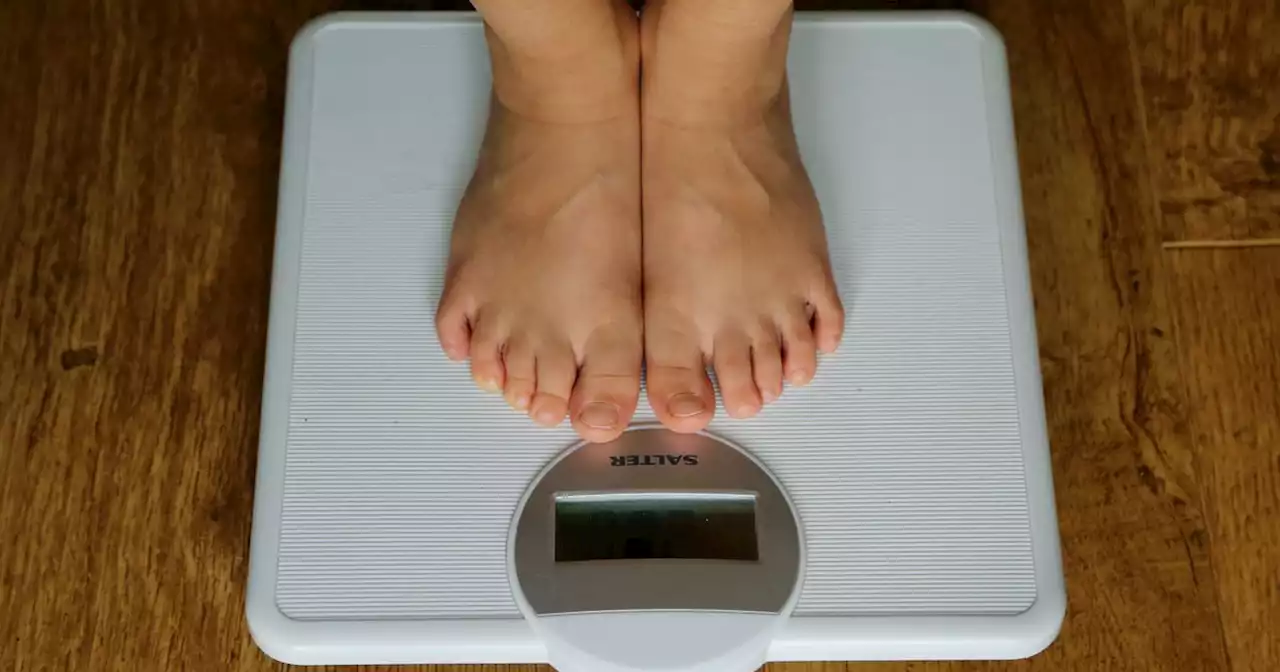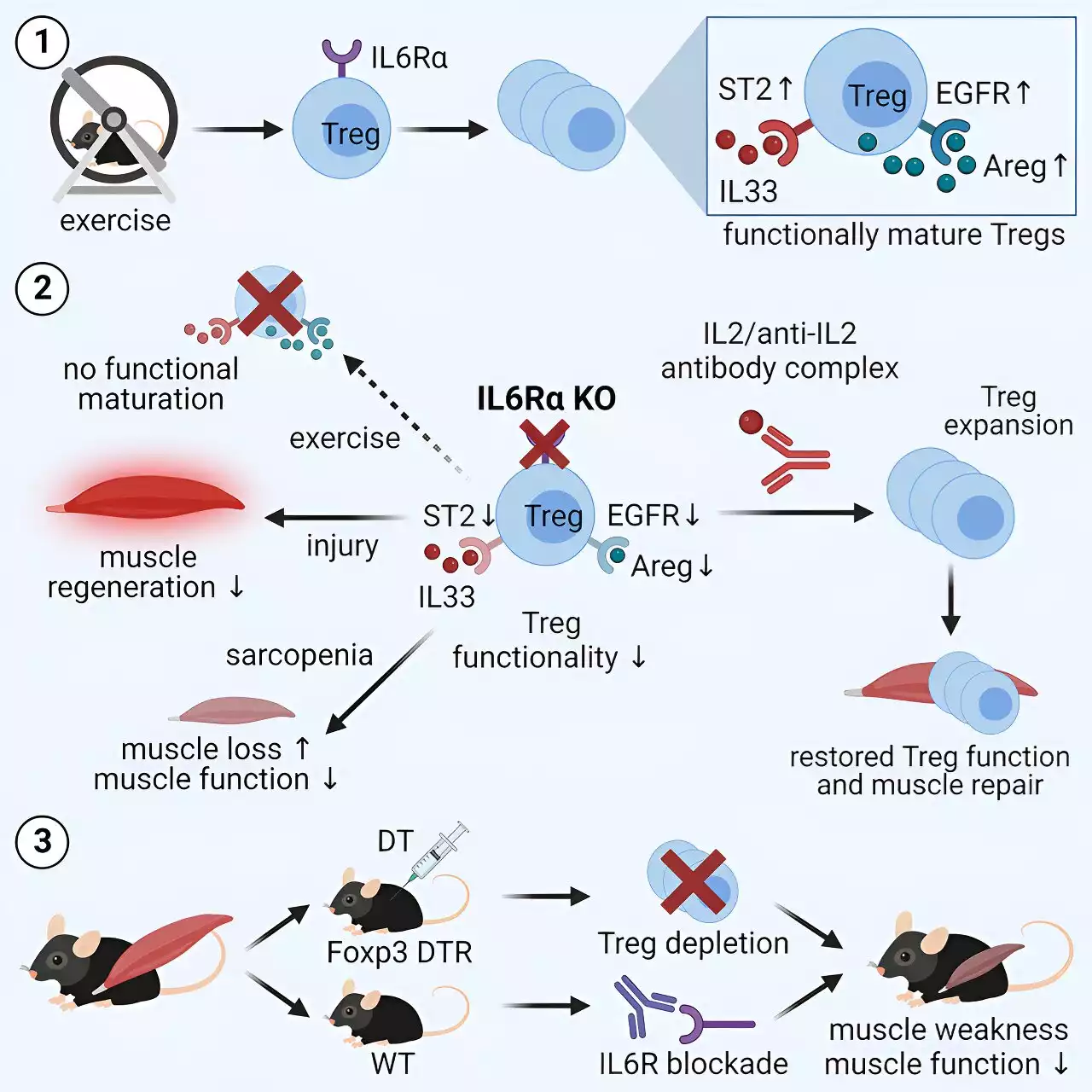The obesity pandemic is particularly hard on people with bipolar disorders. This has been shown in a study conducted at the University of Gothenburg.
Reviewed by Danielle Ellis, B.Sc.Sep 20 2023 The results suggest that the group of adults with bipolar disorders will fall behind in life expectancy compared with the general population.
The proportion of obesity in the general population increased from 11% to 15% among men and from 10% to 13% among women during that period. In the group with bipolar disorders, the proportion of obesity increased from 22 to 29% among men and from 25 to 33% among women. First author of the study, Hemen Najar, is a Senior specialist at the Department of Psychotic Disorders at Sahlgrenska University Hospital, and has a PhD in psychiatry and neurochemistry from Sahlgrenska Academy at the University of Gothenburg:
United Kingdom Latest News, United Kingdom Headlines
Similar News:You can also read news stories similar to this one that we have collected from other news sources.
 Moderate to vigorous physical activity early in the day influences weight management, health outcomesEven though epidemiological evidence has been controversial regarding the optimal timing of physical activity for weight management, the hours of 7 a.m. to 9 a.m. appear to be the most favorable time of day to enhance the association between daily moderate to vigorous physical activity and obesity, according to a new analysis titled 'The Diurnal Pattern of Moderate-to-Vigorous Physical Activity and Obesity: A Cross-Sectional Analysis', published in the journal Obesity.
Moderate to vigorous physical activity early in the day influences weight management, health outcomesEven though epidemiological evidence has been controversial regarding the optimal timing of physical activity for weight management, the hours of 7 a.m. to 9 a.m. appear to be the most favorable time of day to enhance the association between daily moderate to vigorous physical activity and obesity, according to a new analysis titled 'The Diurnal Pattern of Moderate-to-Vigorous Physical Activity and Obesity: A Cross-Sectional Analysis', published in the journal Obesity.
Read more »
 Obesity in young children 46 times higher in some areasThe figures show the stark health divides between east and west Wirral
Obesity in young children 46 times higher in some areasThe figures show the stark health divides between east and west Wirral
Read more »
 Study investigates the impact of diurnal pattern of moderate-to-vigorous physical activity on obesityEven though epidemiological evidence has been controversial regarding the optimal timing of physical activity for weight management, the hours of 7 a.m. to 9 a.m. appear to be the most favorable time of day to enhance the association between daily moderate to vigorous physical activity and obesity, according to a new analysis published in Obesity, The Obesity Society's (TOS) flagship journal.
Study investigates the impact of diurnal pattern of moderate-to-vigorous physical activity on obesityEven though epidemiological evidence has been controversial regarding the optimal timing of physical activity for weight management, the hours of 7 a.m. to 9 a.m. appear to be the most favorable time of day to enhance the association between daily moderate to vigorous physical activity and obesity, according to a new analysis published in Obesity, The Obesity Society's (TOS) flagship journal.
Read more »
 Global obesity battle stymied: Deeper understanding is needed, researchers sayProf. John Speakman from the Shenzhen Institute of Advanced Technology (SIAT) of the Chinese Academy of Sciences, alongside Prof. Kevin Hall from the National Institutes of Health (U.S.), Prof. Thorkild Sorensen from the University of Copenhagen and Prof. David Allison from Indiana University (U.S.), has published a perspective article on potential mechanisms of obesity pathogenesis.
Global obesity battle stymied: Deeper understanding is needed, researchers sayProf. John Speakman from the Shenzhen Institute of Advanced Technology (SIAT) of the Chinese Academy of Sciences, alongside Prof. Kevin Hall from the National Institutes of Health (U.S.), Prof. Thorkild Sorensen from the University of Copenhagen and Prof. David Allison from Indiana University (U.S.), has published a perspective article on potential mechanisms of obesity pathogenesis.
Read more »
 Exercise and muscle regulation: Implications for diabetes and obesityHow do our muscles respond at the molecular level to exercise? Researchers at Helmholtz Munich and the German Institute of Human Nutrition Potsdam-Rehbrücke (DIfE) have unraveled the cellular basis and signaling pathways responsible for the positive impact of physical activity on our overall health. Regulatory T cells, a type of immune cell, play a critical role in ensuring proper muscle function.
Exercise and muscle regulation: Implications for diabetes and obesityHow do our muscles respond at the molecular level to exercise? Researchers at Helmholtz Munich and the German Institute of Human Nutrition Potsdam-Rehbrücke (DIfE) have unraveled the cellular basis and signaling pathways responsible for the positive impact of physical activity on our overall health. Regulatory T cells, a type of immune cell, play a critical role in ensuring proper muscle function.
Read more »
 Obesity pathogenesis: Unanswered questions and future directionsProf. John Speakman from the Shenzhen Institute of Advanced Technology (SIAT) of the Chinese Academy of Sciences, alongside Prof. Kevin Hall from the National Institutes of Health (U.S.), Prof. Thorkild Sorensen from the University of Copenhagen and Prof. David Allison from Indiana University (U.S.), has published a perspective article on potential mechanisms of obesity pathogenesis.
Obesity pathogenesis: Unanswered questions and future directionsProf. John Speakman from the Shenzhen Institute of Advanced Technology (SIAT) of the Chinese Academy of Sciences, alongside Prof. Kevin Hall from the National Institutes of Health (U.S.), Prof. Thorkild Sorensen from the University of Copenhagen and Prof. David Allison from Indiana University (U.S.), has published a perspective article on potential mechanisms of obesity pathogenesis.
Read more »
